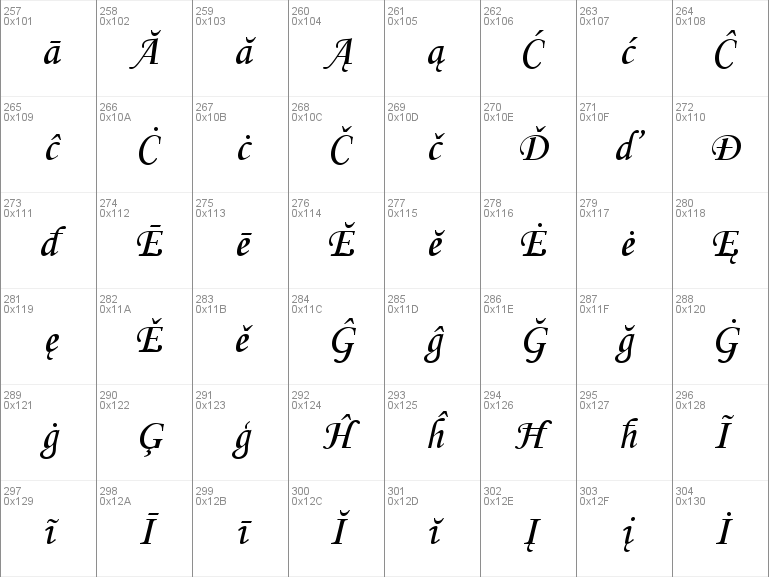

It was adapted as the model for the italic typeface developed by Aldus Manutius in Venice, from punches cut by Francesco Griffo and first used in 1500 for the small portable series of inexpensive classics that issued from the Aldine press. In 15th-century Italy the cursive chancery hand was employed in correspondence, everyday business, and documents of minor formal importance. In cursive chancery hand the pen was held slanted at a 45° angle for speed, but it could also produce beautiful calligraphic writing. While considered a cursive, this "papal hand" was "strongly disciplined in form, regular in movement and slightly, if at all, inclined from the perpendicular." He was a scribe in the Papal Curia, which had refined cursive chancery hand in its infancy during the latter half of the 15th century.

The Italian scribe Ludovico Vicentino degli Arrighi's 1522 influential pamphlet on handwriting called La Operina was the first book on writing the italic script known as cursive chancery hand. In English it is often changed in spelling to cancellaresca corsiva. In England and France at the time it was known as Italic. The later cancelleresca corsiva ("cursive chancery hand"), often called "Chancery Cursive", developed from Humanist minuscule, itself the progeny of Carolingian minuscule, in the mid-15th century as "a cursive form of the humanistic minuscule". Further details may exist on the talk page. Please expand the section to include this information. This section is missing information about "cancelleresca" & "cancelleresca formata". Beale to get my patent engrossed but he not having time to get it done in Chancery-hand, I was forced to run all up and down Chancery-lane, and the Six Clerks' Office but could find none that could write the hand, that were at leisure. Up early and by coach to White Hall with Commissioner Pett, where, after we had talked with my Lord, I went to the Privy Seal and got my bill perfected there, and at the Signet: and then to the House of Lords, and met with Mr. Samuel Pepys recorded (Thursday 12 July 1660): The English chancery hand was already an arcane speciality by the time of the Restoration. In medieval England each of the royal departments tended to develop its own characteristic hand: the chancery hand used in the royal chancery at Westminster from the mid-century was employed for writs, enrolments, patents, and engrossing of royal letters its use continued for the enrollment of acts of Parliament until 1836. Please expand the article to include this information. This article is missing information about names of precursors outside of England.


 0 kommentar(er)
0 kommentar(er)
